By Rudra Sil for Denver Dialogues

The May 2015 Denver Dialogues symposium does a nice job of showing how Russian propaganda stands in the way of a solution to the Ukraine crisis. A key element of this propaganda has been Russia’s constant denial of involvement in eastern Ukraine, which along with Russia’s annexation of Crimea, understandably induces fears of a new Anschluss that potentially threatens the security of all Europe. While acknowledging the problems created by Russian propaganda and recognizing the fears that Russia’s neighbors must feel, I want to turn to another obstacle standing in the way of a peaceful settlement of the crisis: elements of the mainstream U.S. narrative on the Ukrainian crisis that also effectively function as “propaganda.”
One element of this discourse, frequently encountered in the media and in speeches by politicians (including some presidential candidates), is the analogy between Vladimir Putin’s Russia and Adolph Hitler’s Germany on the eve of World War II. Certainly, some of Russia’s actions, including the annexation of Crimea after a snap referendum, recall the prologue to World War II. But, surely, our historical imagination is not so limited that this is the only analogy for us to consider? At least as compelling an analogy for Putin’s actions might be those of Indira Gandhi, who led India into a war against Pakistan in 1971 in order to back a secessionist rebellion in East Pakistan that would produce an independent Bangladesh. At the time, Mrs. Gandhi pointed to the rights and safety of residents of East Pakistan to justify a military engagement that was limited in its objectives. Of course, the stories are not identical. But, whether Putin’s actions more closely resemble those of a Hitler or of someone else less vilified in history is an open question that gets buried by repeated references to Hitler and World War II. Yet, if this analogy is taken at face value, then Russia’s covert involvement in eastern Ukraine must be viewed as a precursor to a larger-scale conquest that, in turn, must imply that any settlement Russia might agree to would be nothing short of a Chamberlain-style appeasement that could embolden Putin further. Leaving aside the fact that Putin has little to gain from taking on a nuclear-armed NATO, this singular analogy points to only a single tolerable solution, one that is highly improbable if not impossible: a complete Russian about-face and a return of Crimea (neither of which would at this point guarantee peace and stability across the whole of Ukraine anyway).
There is also the question of whether Russia instigated the crisis as part of an expansionist program, or whether it has been mostly reacting in ad hoc fashion to complicated problems along its borders. Here, too, narratives that pin the blame entirely on Russia, ignoring or downplaying the role of other actors, represent a form of propaganda that undermines whatever opportunity exists to de-escalate the crisis. Even if one were to agree that Russia bears more of the fault for the crisis than any other actor, it is necessary to consider what other actions served to intensify the crisis before demonizing Putin and making it impossible to strike a deal Russia can accept. In this regard, two points deserve closer consideration.
First, although Russia’s propaganda machine may be exaggerating the role of fascists in the escalation of the Euro-Maidan protests, denying the activities and clout of ultra-right nationalists also stands in the way of a negotiated peace. Recently, several thousand supporters of ultra-right groups marched to protest the Minsk accords which, for others, represents the first step to ending the crisis. Downplaying such events helps to make Russia appear to be the sole obstacle to peace. Yet, this part of the story is of great importance not only to Russian’s propaganda efforts but also to millions in eastern Ukraine who see no reason to put their fate in the hands of the current Kiev government.
Second, and perhaps even more crucial, is the lack of any attention in the West to the composition of the interim government formed right after Yanukovich’s ouster. This government was made up entirely of politicians whose base of support lay in the western regions. The Fatherland party, which held just 104 seats in the 450-seat parliament prior to the ouster (compared to 185 seats for the now-defunct Party of Regions), filled the posts of acting President, Prime Minister, and five other cabinet ministers, including the powerful Minister of Internal Affairs. Four other positions, including that of Minister of Defense, were allocated to the more right-wing Svoboda Party, which had held fewer than 10 percent of the seat in the parliament. Every one of the ten other ministerial positions went to a former official in the 2004-2010 Yushchenko government, or to a key figure from a western town or province. Not a single seat was reserved for a political figure who might be trusted to represent the interests of the eastern regions. And one of the first acts of this interim government was to introduce new language laws that, although later tabled, underscored the complete absence of any accommodation for those in eastern Ukraine for whom Russian has, for generations, been the primary language.
Even a fleeting glance at the electoral maps of 2004 and 2010 makes it abundantly clear that such an interim government could not possibly be seen as a viable alternative to the Yanukovich government among eastern Ukrainians, even among those who were upset with Yanukovich. Decades of research point to the importance of power-sharing arrangements in what my colleague Brendan O’Leary refers to as “deeply divided places.” It is hard to believe that no one in Washington or Brussels saw fit to prod the post-Maidan interim government to ensure some representation of the eastern regions in the interest of inclusion and stability— – yet another case where the academic-policy divide precluded a more pragmatic approach. This point is crucial because it implies that many of Russia’s actions have been at least as reactive as proactive. Neither “tourists” nor “volunteers” from Russia were needed to stir up anxiety and distrust in Donetsk and Luhansk, where voters had overwhelmingly backed the Party of Regions, the largest party in the pre-crisis parliament, in every election since 2006.
None of this suggests that Russia bears no responsibility for the crisis. In fact, I fully accept that Russia has been lying about its covert involvement in eastern Ukraine. However, the main question moving forward is what the scale and purpose of that involvement is – and what the alternatives are for Russia. The preferred, if implausible, scenario in the eyes of Western leaders is for Russia to simply admit “the truth” and walk away from eastern Ukraine, where extensive cross-border social and economic ties have been in existence since the time of the Russian empire. The far more likely alternative, however, is an overt large-scale offensive. This is a scenario that even some Russian critics of the Kremlin (such as Boris Kagarlitsky) fear as more likely were Putin to be replaced at the helm. Ironically, despite the fears being stoked here of Putin embarking on a path of conquest, this alternative is not taken seriously when trying to decipher the meaning of Russia’s lying about its involvement in eastern Ukraine.
I suggest that Russia’s strategy of lying about involvement, while obviously being involved, might be best seen as a necessary third way in a complicated situation. It provides a clear signal that Russia will not walk away from the crisis, but also defers a more overt full-blown war so as to buy time for a negotiated settlement. Of course, such a tactic still stokes new fears among countries once part of the Soviet bloc. But, these fears must be separated from a systematic consideration of the full array of actions, choices and events that have combined to create the ongoing crisis. The latter would not fit well with a narrative that demonizes Putin and blames Russia entirely for the crisis. But, it just might make it easier to more vigorously pursue a negotiated peace without fear of the sort of appeasement that preceded Hitler’s march across Europe.
Rudra Sil is Professor of Political Science at the University of Pennsylvania, where he is also the School of Arts & Sciences’ Director of the Huntsman Program in International Studies and Business.

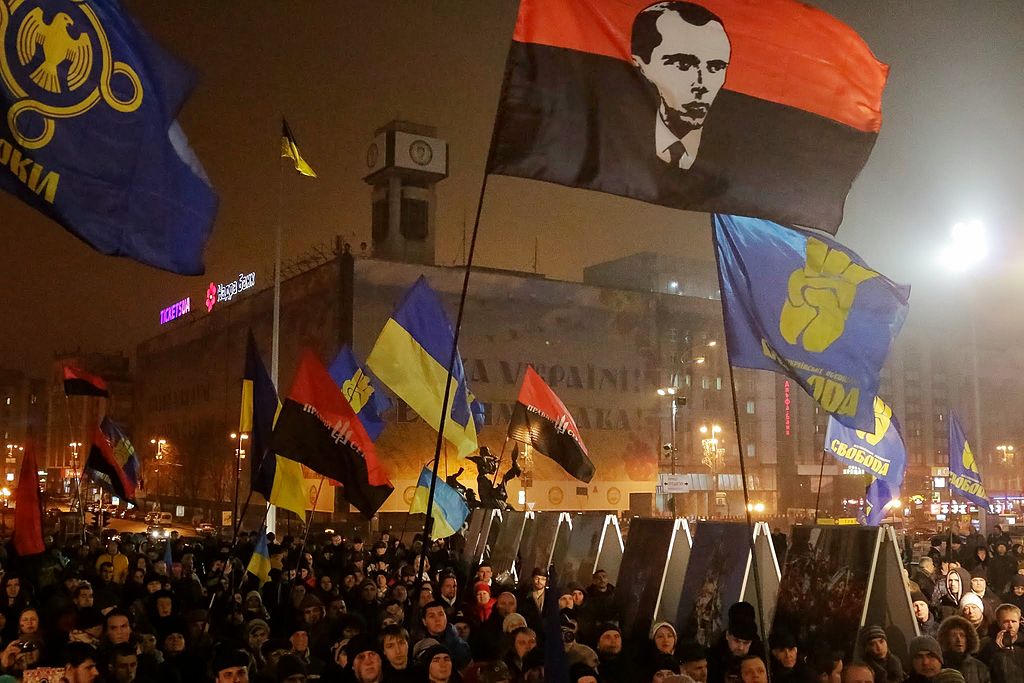
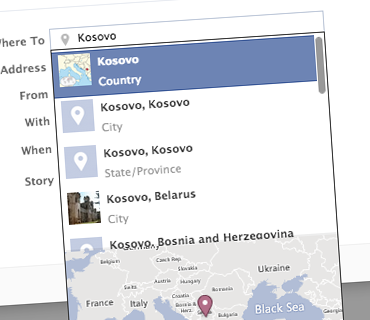
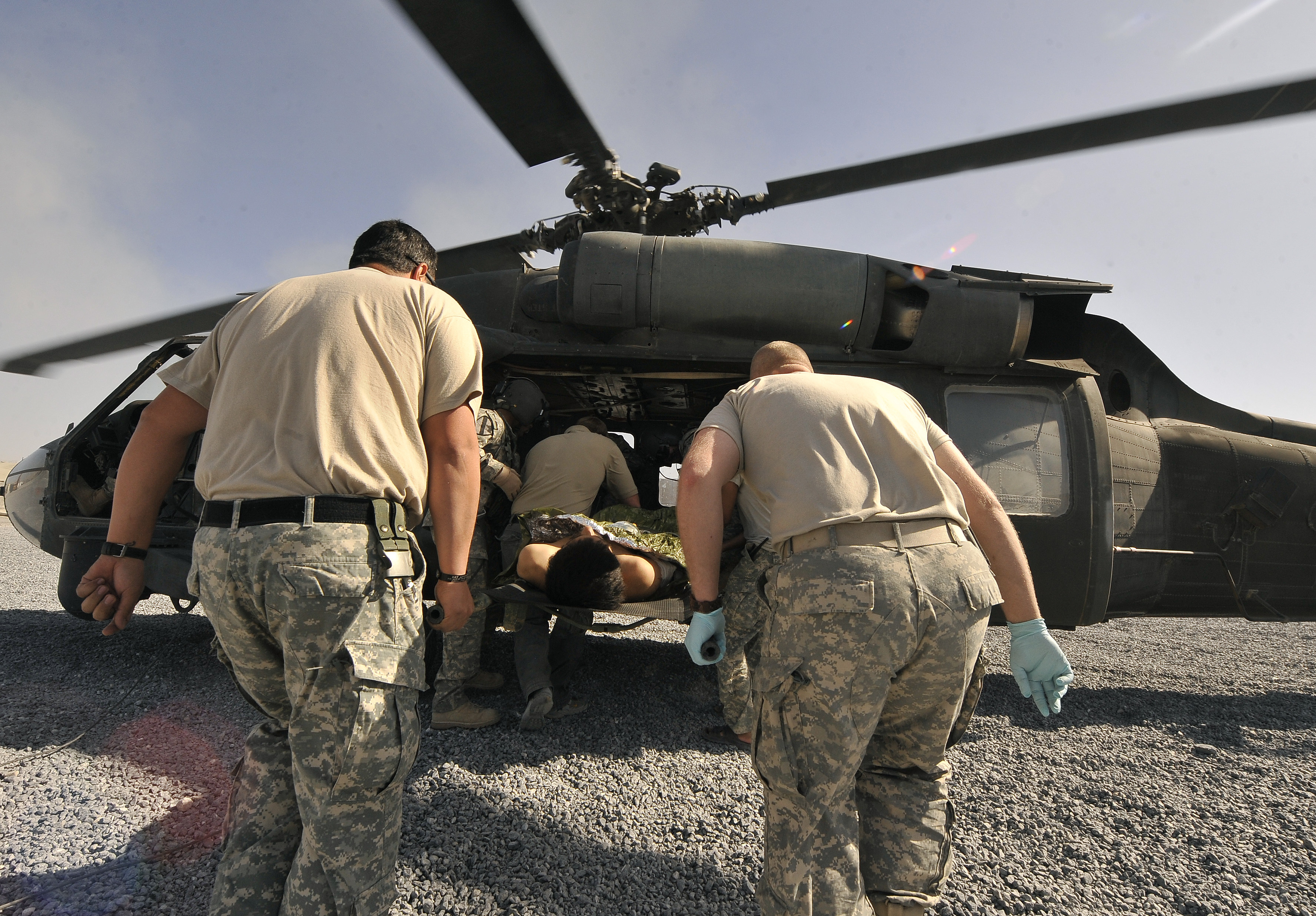
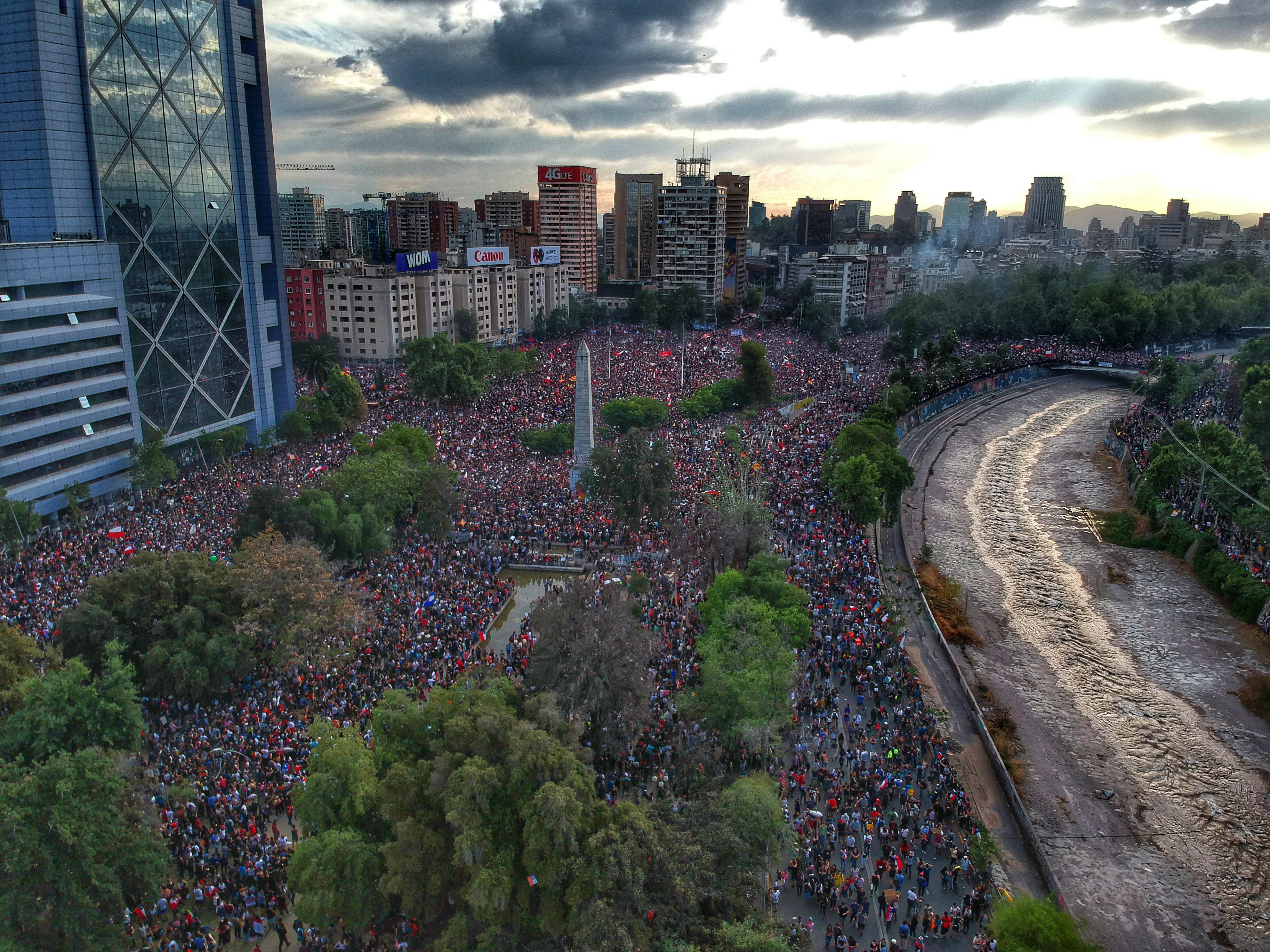
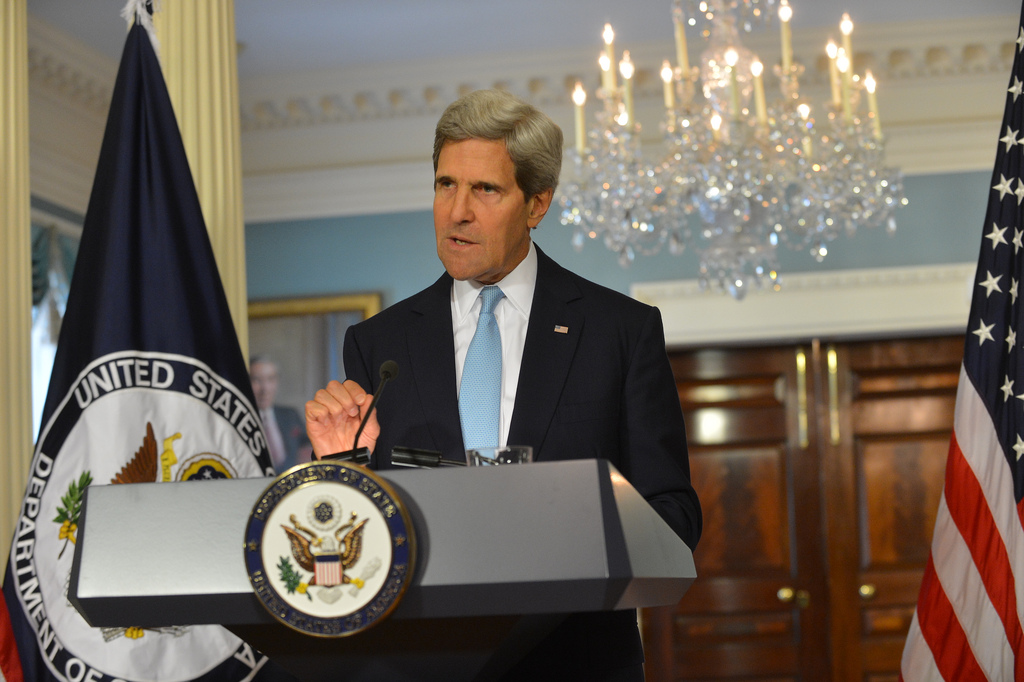
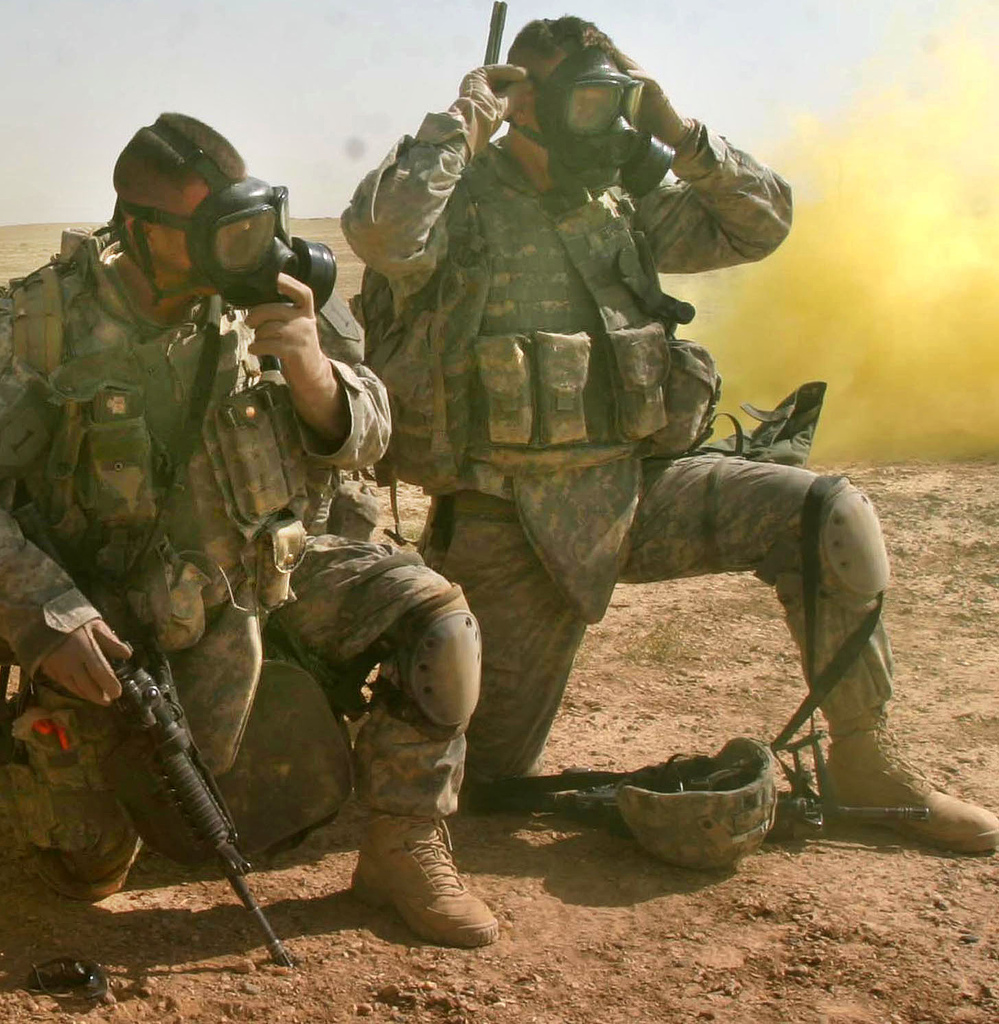
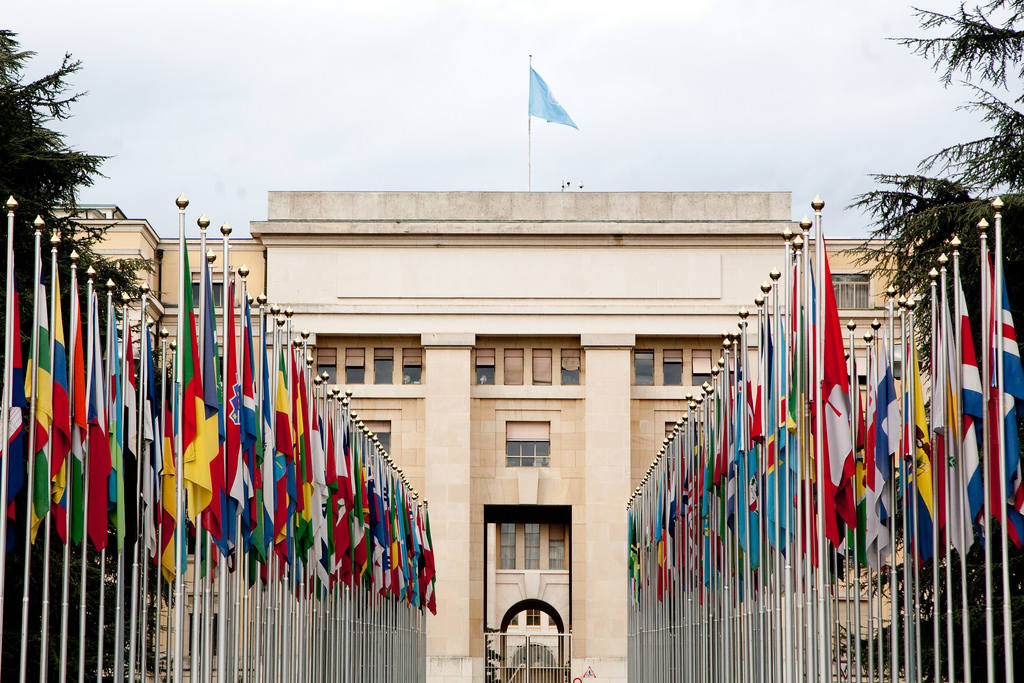
8 comments
I don’t think an analysis of recent events in Ukraine is going to get anywhere if it doesn’t acknowledge the obvious US strategy of weakening or destabilizing Russia by bringing Ukraine into NATO, by whatever means might be necessary, and the fact that the West has been producing at least as much propaganda as Russia. At the same time I realize people in bourgeois institutions have to keep their jobs by not saying the wrong thing, so it is not easy to see how to proceed. Possibly the US will decide that expansion into Ukraine was not such a great idea after all and find other fish to fry.
Thanks for the comment, Jorge. No question that NATO expansion is a big part of the broader geopolitical equation that has fed the crisis in Ukraine. I fully agree on that point. I just had limited space to work with, and so wanted to focus on a couple of specific images and omissions in the US story-telling that have helped ratchet up anti-Russian sentiment, not only among the lay public but also among politicians who are so afraid to appear weak.
This article is a welcome discussion, better late than never. American audiences might have limited awareness that (neo-)fascism in eastern europe never completely went away, but educated people elsewhere realize that the primary effect of vocal western support for the more violent elements of the nationalist anti-east forces was this: we are feeding the fascists with our hands, and destroying our reputations with our mouths.
Please, I hope nobody is offended, but it is important to know that this was completely obvious to everyone from there from the very first months.
See here for a cogent summary of why it was obvious to everyone except for TV audiences in the US: http://turcopolier.typepad.com/sic_semper_tyrannis/2015/07/ukraines-ghosts-of-the-past-i.html
Few people really like violent extremists, and the pattern of Western media defending them was a brutal self-inflicted shot in the foot that will take a long time to recover from — like the boy crying wolf, but much worse. As someone who moved to the US from eastern europe, I find it painful to watch.
As a final word, it is not the perception western “credibility” that suffered, but rather the perception western “trustworthiness”. The difference is subtle but really, deeply, important.
Thanks for your comment. Yes, I think there is more awareness on continental Europe of the role of (neo-)fascist elements in Eastern Europe than in the US. In fact, I think that official statements coming out of Brussels also seem to bypass this issue, except insofar as to blame the Russians for exaggerating the fascist threat. For many, this seems to imply that there is NO threat, but “exaggeration” means “exaggeration of SOMETHING.” And that something has been curiously downplayed in most of the treatments of the Ukraine crisis in the mainstream media’s treatment of the crisis. (Of course, there is nothing special about Eastern Europe in terms of the presence of neo- or quasi- fascist groups. Such groups also exist in the US and Western Europe, and their size may be growing with increasing worries about immigration… just today I saw that Donald Trump had gained more political support on the right after his hard public posturing against Mexican immigrants).
How about the propaganda we in the United States are subjected to about Ukraine and about Russia? Russia is painted as the aggressor when in fact the US is the country that started this mess by supporting a coup of a democratically elected government in order to put in place a regime that favors the United States. The media constantly blames Russia but does not tell the truth about the US role.
According to US State Department official, Victoria Nuland, the US spent $2 billion to build “civil society” – code for opposition to the Russia leaning government; where she, Sen. McCain and the US ambassador joined the protests in the street. Now Ukraine is a mess and has become a pawn in the US conflict with Russia. The Ukraine government is dominated by the US, Petro Poroshenko the president, is described in leaked State Department Cables as a US informant going back to 2006, Prime Minister Arseniy Yatsenyuk was picked by Newland in a leaked telephone call as her first choice for leader of the country, Natalie Jaresko, is a US born State Department official who was made a citizen of Ukraine by the president on the day she became Finance Minister. Vice President Biden’s son and a John Kerry fundraiser were put on the board of the largest energy company. The coup put in place a US government that is being directed to conflict with Russia for the purposes of US foreign policy.
With that context, adding it to the broader context of the US/NATO surrounding Russia with missiles point at it — who is the aggressor and who is playing defense against aggression? Your article adds to the false propaganda we are subjected to in the United States.
If you read my post a bit more carefully, I think you will see that we are actually on the same side in terms of the way Russia is being portrayed as an aggressor. I am simply trying to draw attention in a short post to a couple of specific examples of the ways in which the US officialdom and mainstream media *HAVE* been essentially using propaganda to misrepresent the situation. In this context, I am focusing on the deliberate downplaying of certain specific stories in order to allow the “aggressor” image to be held intact, with the Hitler/Putin analogy being the most extreme version of this image. Anything that might dilute this image seems to be marginalized in the narratives that we most frequently come across in the US. For anyone interested in moving forward, this type of propaganda – at least as much as Russian propaganda – has made it much harder to reach any compromise. In terms of the broader conditions that allowed the crisis to get to this point, yes, I am well aware of both NATO’s unnecessary expansion and increased threat, and the US’ role in the making of the Ukraine crisis, with Nuland’s short-sighted gamesmanship a big part of the problem.